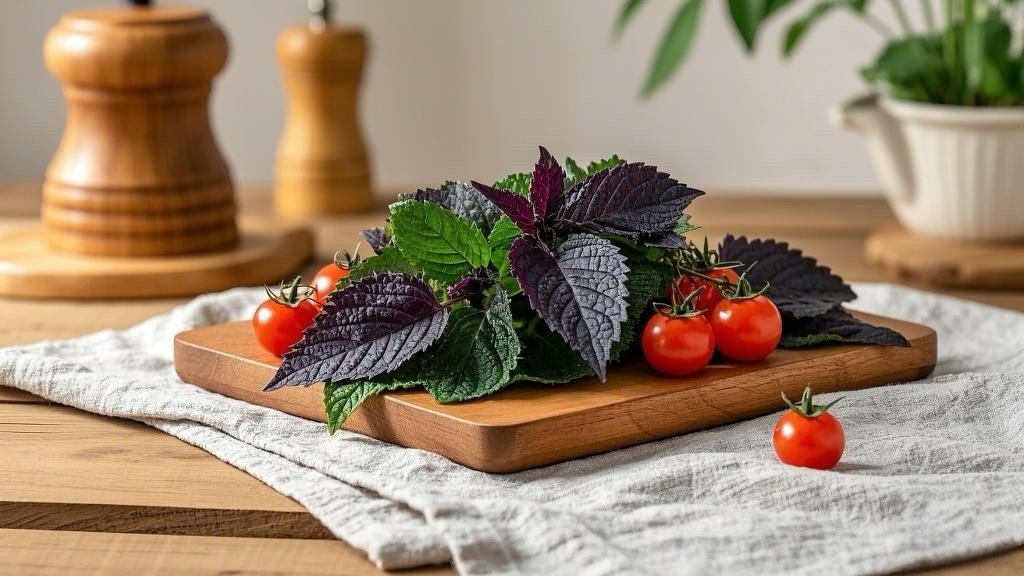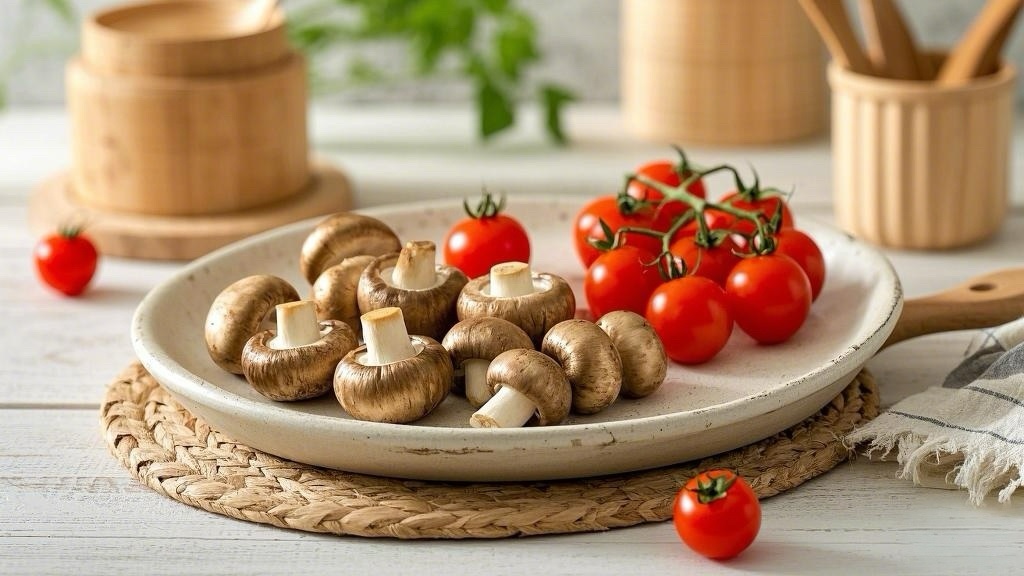
Date: 01/18/2025 01/19/2025
Location: Star River Meditation Center
Teacher: Yunquan Huang
Buddhist Diet and Regimen
Kale
Kale: A Nutrient-Dense Super Green
1. What is Kale?
Kale (Brassica oleracea var. sabellica) is a leafy green vegetable from the cruciferous family, related to cabbage, cauliflower, and broccoli. It has curly or flat leaves that range from deep green to purple. With a slightly bitter taste and tender texture, kale is highly nutritious and often regarded as a “superfood.” It can be eaten raw, stir-fried, baked, or added to soups.
2. Nutritional Value of Kale
Kale is packed with dietary fiber, antioxidants, and essential vitamins and minerals, making it an excellent choice for vegetarians. Key nutrients include:
1.Vitamin K: Supports blood clotting and bone health.
2.Vitamin C: Boosts immunity and promotes collagen production.
3.Beta-Carotene: Converts to vitamin A, essential for vision health.
4.Calcium: A plant-based source that contributes to strong bones.
5.Iron: Aids in hemoglobin production and helps prevent anemia.
3. Health Benefits of Kale
1.Supports Bone Health: Rich in calcium and vitamin K, essential for strong bones.
2.Enhances Immunity: High in vitamin C and antioxidants to strengthen the immune system.
3.Protects Vision: Beta-carotene and lutein help prevent age-related vision decline.
4.Promotes Heart Health: Antioxidants contribute to lower blood pressure and cholesterol levels.
5.Aids Detoxification: Contains plant compounds that help remove free radicals from the body.
4. Best Ways to Eat Kale
1.Kale Salad: Chopped and mixed with nuts, dried fruits, and a light dressing for a nutritious meal.
2.Stir-Fried Kale: Lightly sautéed to retain its crunch and enhance its flavor.
3.Kale Soup: Combined with legumes or mushrooms for a hearty, nutritious broth.
4.Kale Chips: Baked at low temperatures into crispy, healthy snacks.
5.Kale Smoothie: Blended with bananas, apples, or nut milk for a refreshing drink.
5. Interesting Facts About Kale
How to Choose the Best Kale?
Look for deep green, firm leaves without yellowing.
Should Kale Be Blanched?
Some people are sensitive to its oxalate content, and blanching can reduce bitterness.
Can Kale Be Eaten Raw?
Yes, but pairing it with lemon juice or vinegar enhances nutrient absorption.
Conclusion
Kale is a low-calorie, nutrient-rich superfood packed with vitamin K, vitamin C, beta-carotene, and essential minerals. It supports immunity, strengthens bones, protects heart health, and promotes eye function. Whether eaten raw, stir-fried, added to soups, or baked into chips, kale is a fantastic addition to a healthy diet.

